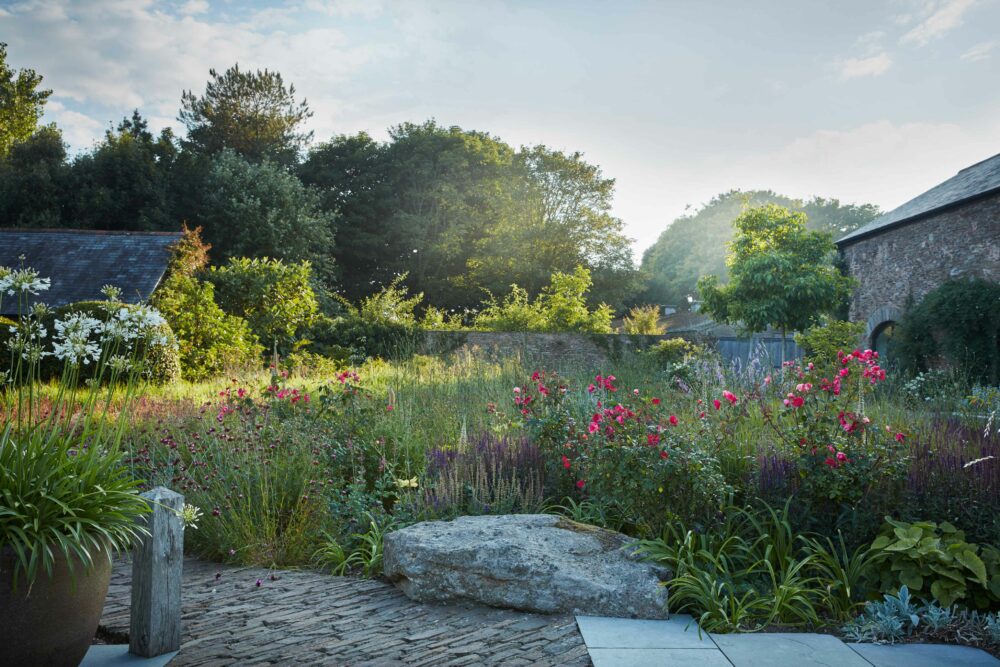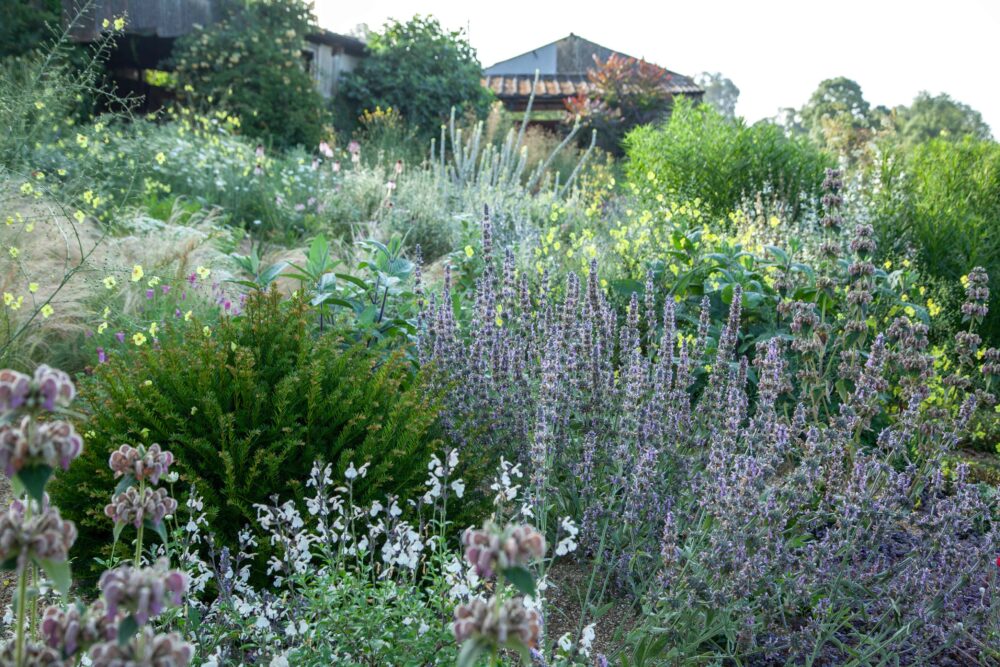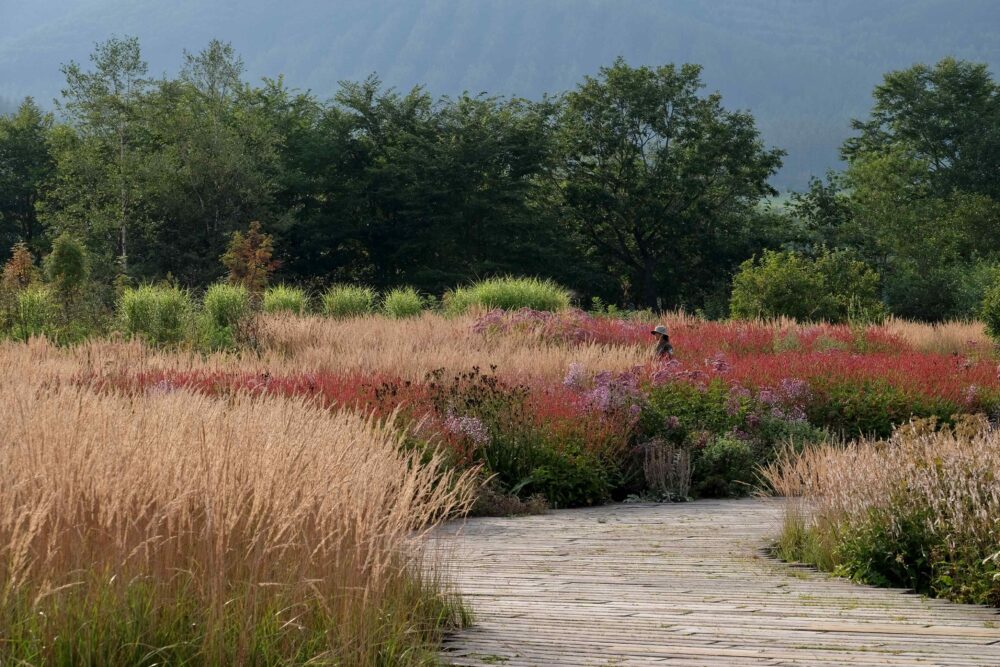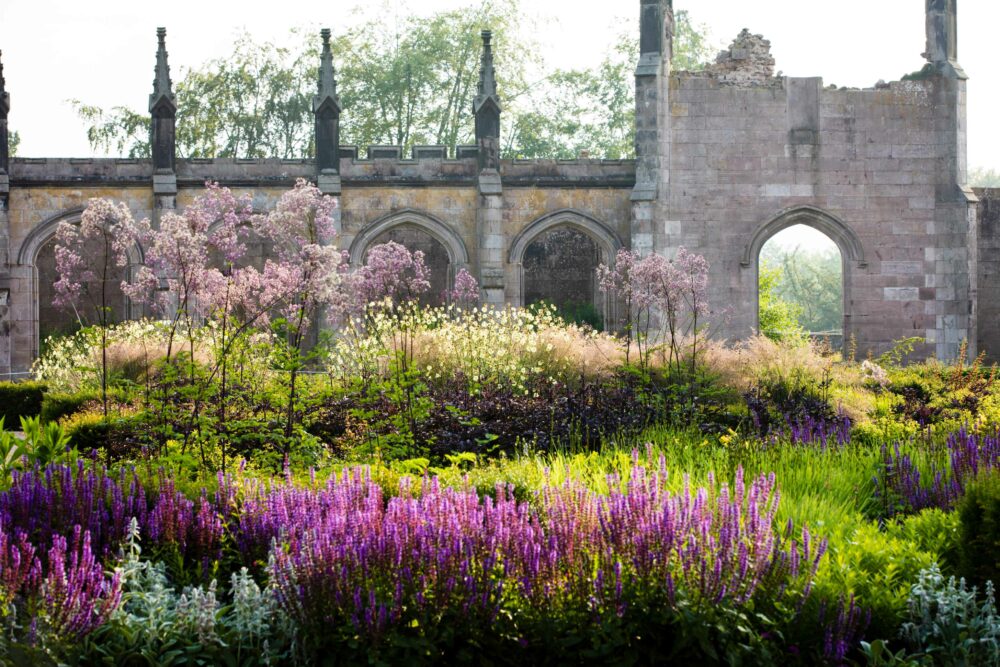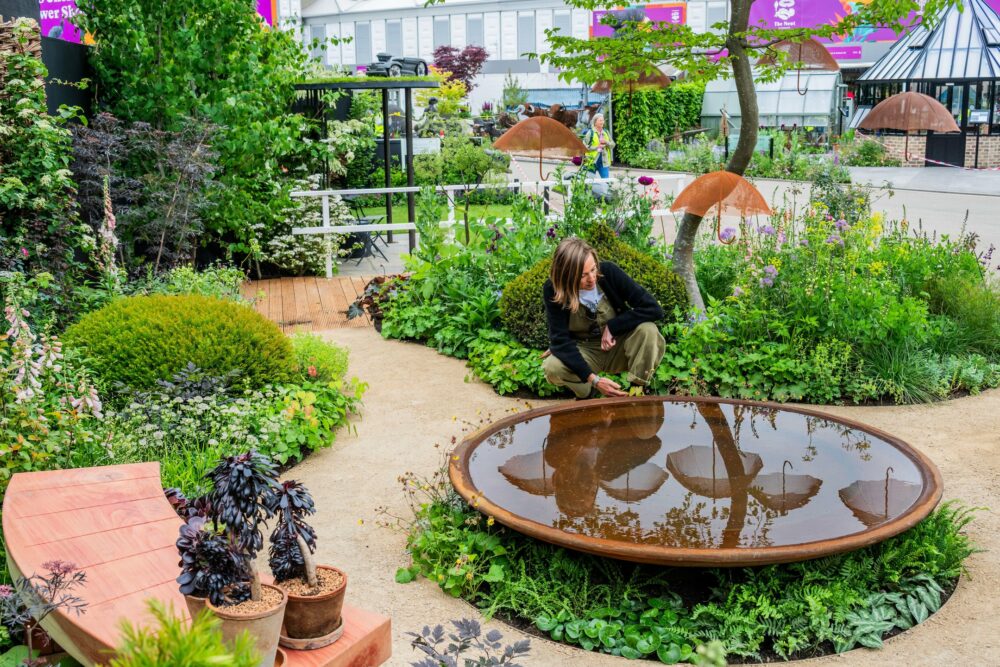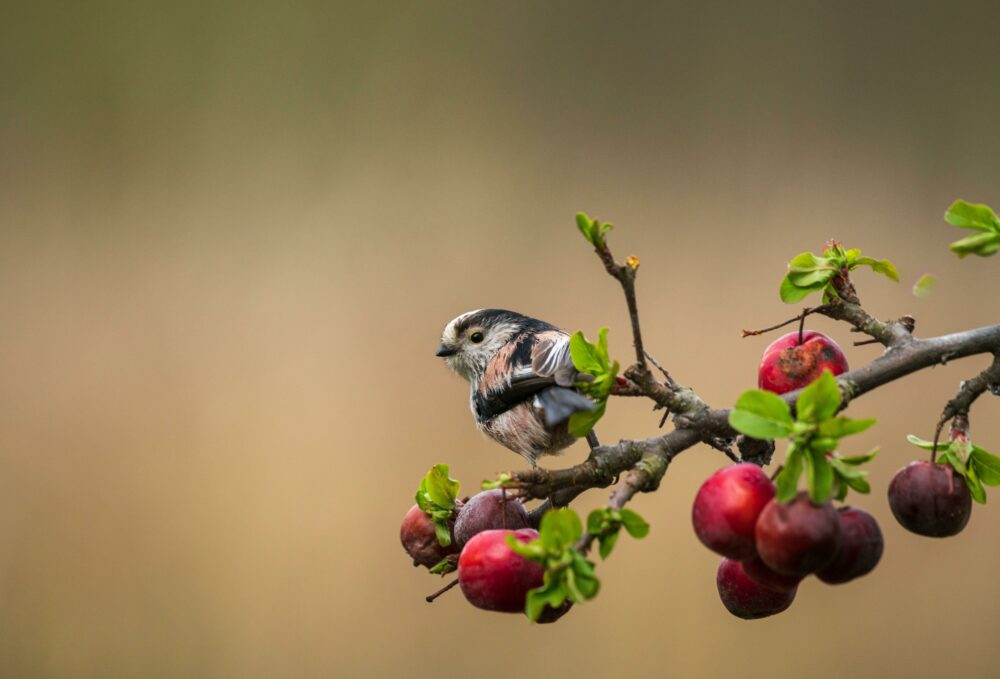Spring, summer, autumn, winter: since at least Roman times, and centuries before Vivaldi set them to music in 1720, the West has divided the year into four seasons. However, gardeners know that this is too broad a brushstroke, as a blossom that appears in early spring will do its bit for a week or two, maybe staggering on until mid-season, but will be well and truly over when late spring arrives. The same goes for the remaining traditional “seasons” – which makes at least 12 flowering periods to be considered.
In Japan, however, they take things further. In a tradition inherited from ancient China, the year is made up of 24 sekki, or seasonal divisions, and can also be split into 72 ko: microseasons that each last five days and are associated with specific festivals, rituals and flowers.
Not all apply to the UK, or even to what is going on in most contemporary Japanese gardens: 9-13 February, for example, is koo kenkan su, when the bush warblers start singing in the mountains, while 27-31 December is sawashika no tsuno otsuru, when deer shed antlers. Where the sekki tradition does resonate, however, is in a heightened awareness of the natural world and a closer attention to what is happening in the garden during the cycle of the year.
Dan Pearson, who was awarded an OBE in 2022 for services to garden and landscape design, has long been inspired by Japan. For the past 20 years, he has been working on the 240-hectare Tokachi Millennium Forest in Hokkaido, following sekki principles in collaboration with head gardener Midori Shintani.


